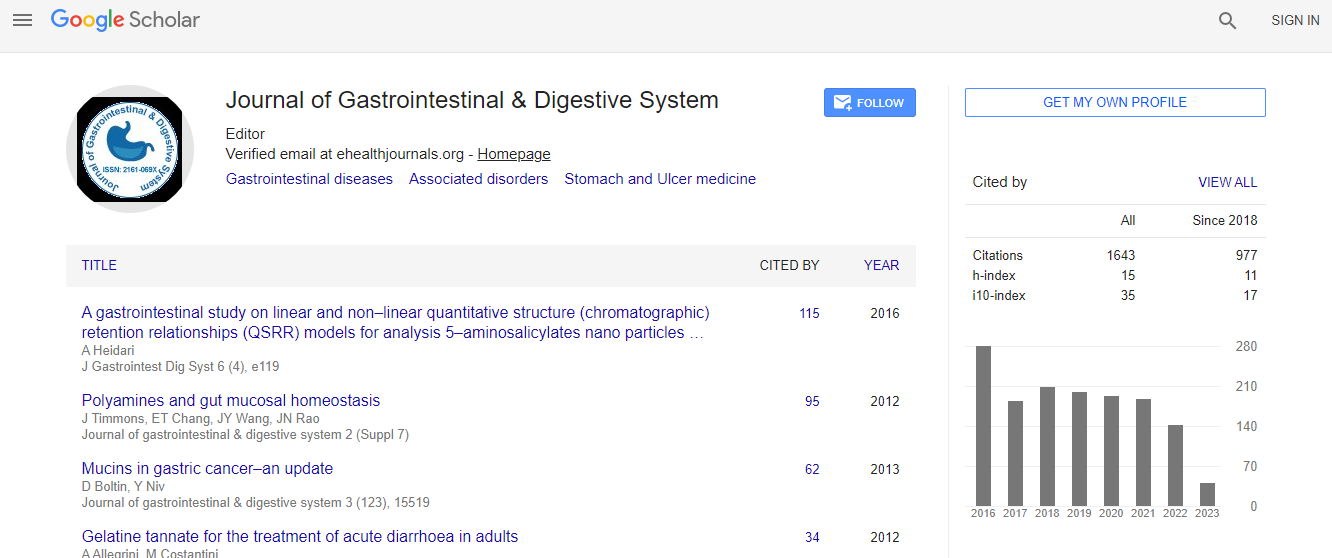Research Article
Magnetic Resonance Imaging in Assessment of Anorectal Fistulae and its Role in Management
Manar T Alaat El Essawy*
Department of Radiology and Diagnostic Imaging, Damietta Oncology Institute, Damietta, Saudi Arabia
- *Corresponding Author:
- Manar T Alaat El Essawy
Department of Radiology and Diagnostic Imaging
Damietta Oncology Institute
P.O. Box 361680, Riyadh 11313
Saudi Arabia
Tel: 00966114709173, 00966500471079
E-mail: manar970@hotmail.com
Received date: August 14, 2013; Accepted date: September 16, 2013; Published date: September 18, 2013
Citation: Alaat El Essawy MT (2013) Magnetic Resonance Imaging in Assessment of Anorectal Fistulae and its Role in Management. J Gastroint Dig Syst 3:139. doi:10.4172/2161-069X.1000139
Copyright: © 2013 Alaat El Essawy MT. This is an open-access article distributed under the terms of the Creative Commons Attribution License, which permits unrestricted use, distribution, and reproduction in any medium, provided the original author and source are credited.
Abstract
Objectives: This study was conducted to assess the diagnostic accuracy of magnetic resonance imaging (MRI) in perianal fistula in comparison to the operative findings with a description of the technique, illustration of relevant normal anatomy, and examples of various fistula types. This study is based on a retrospective analysis of 56 patients with a clinical diagnosis of perianal fistula. MRI finding was correlated with the surgical finding in 52 patients which is highly significant (P=0.003). Fallacies of MRI were observed in 4 patients with recurrent fistulae. Conclusions: MRI is useful in successful treatment of perianal fistulae by reliable assessment of fistula anatomy and correct assessment of the extent of the disease and its relation to the sphincter complex.

 Spanish
Spanish  Chinese
Chinese  Russian
Russian  German
German  French
French  Japanese
Japanese  Portuguese
Portuguese  Hindi
Hindi 
